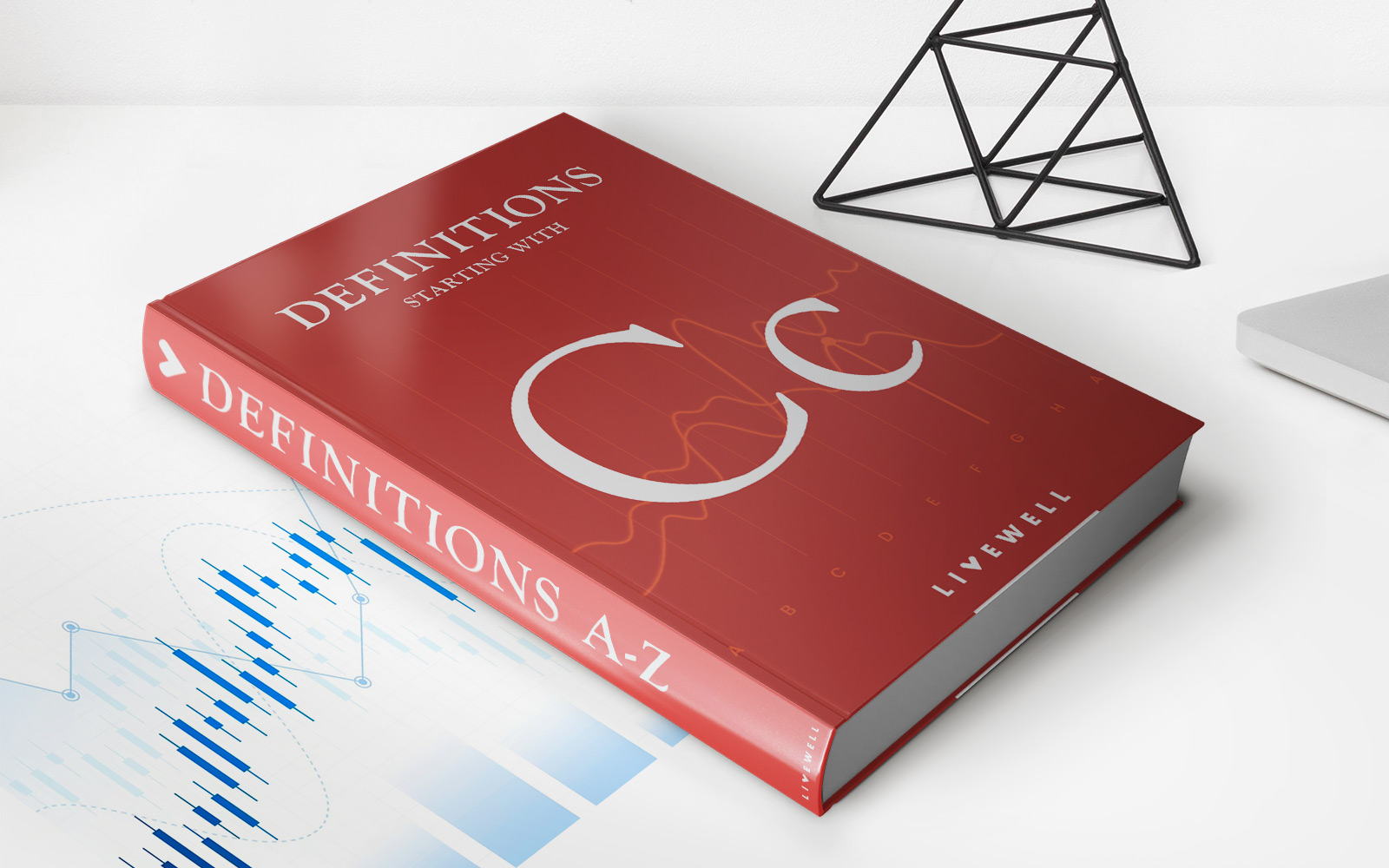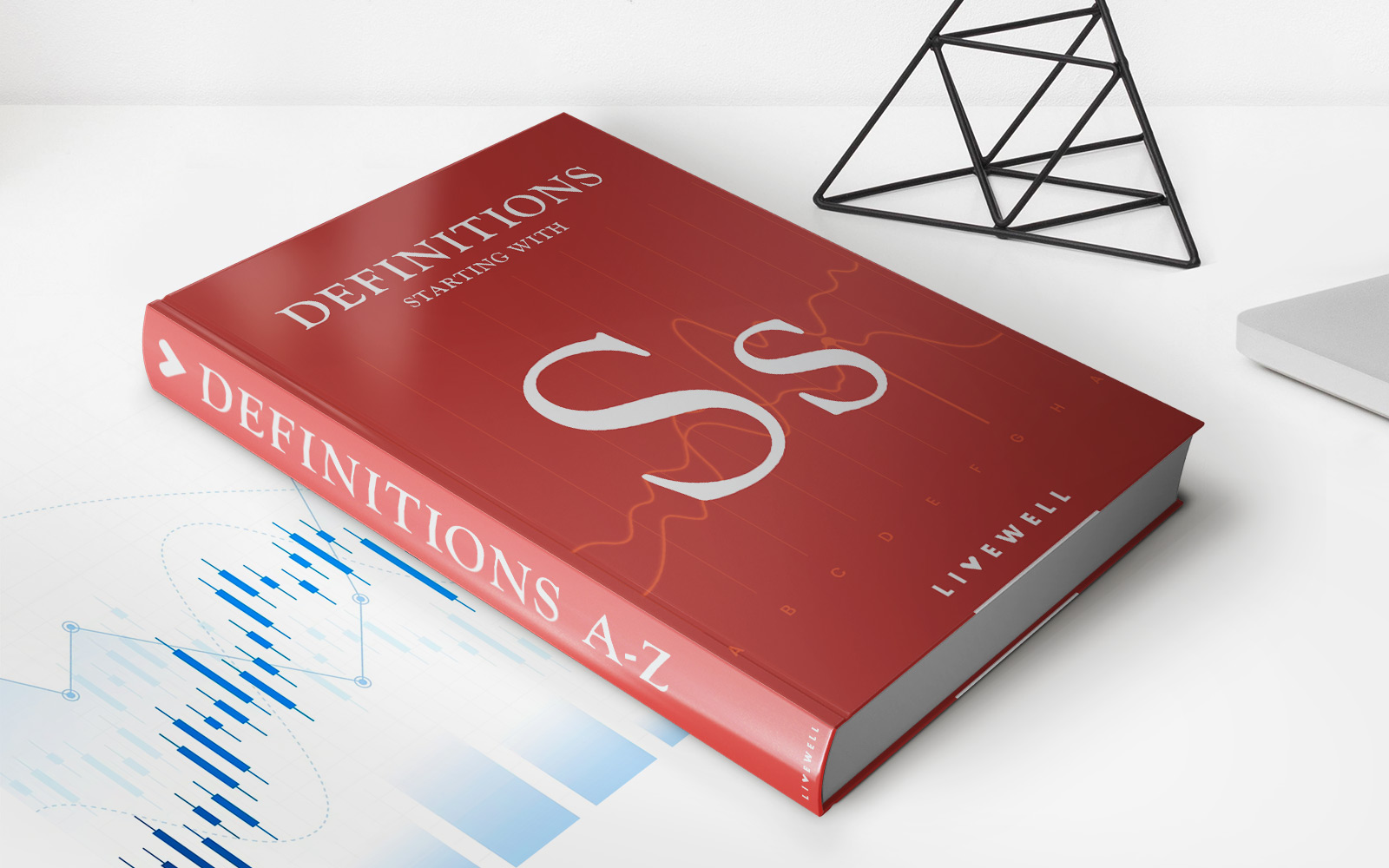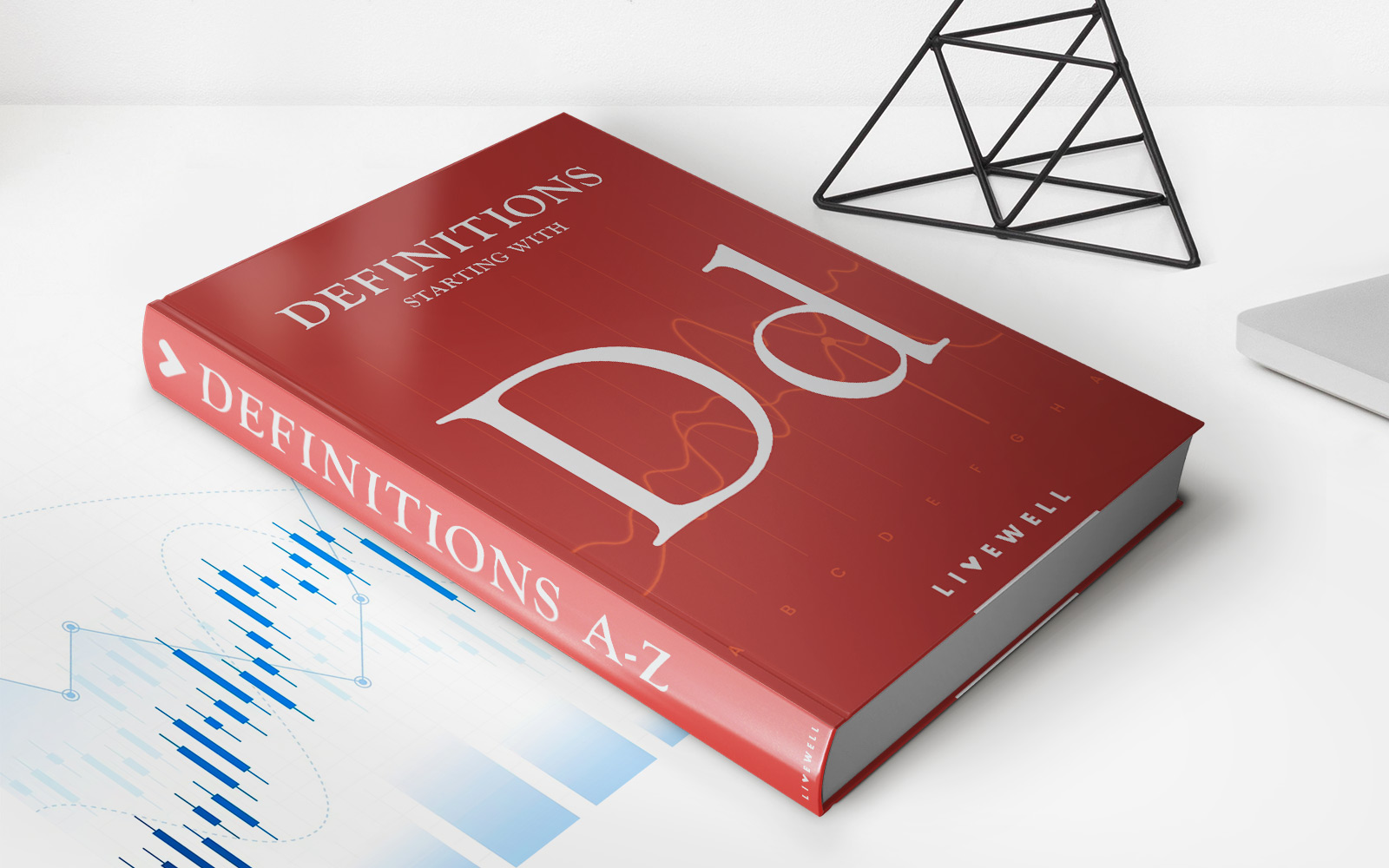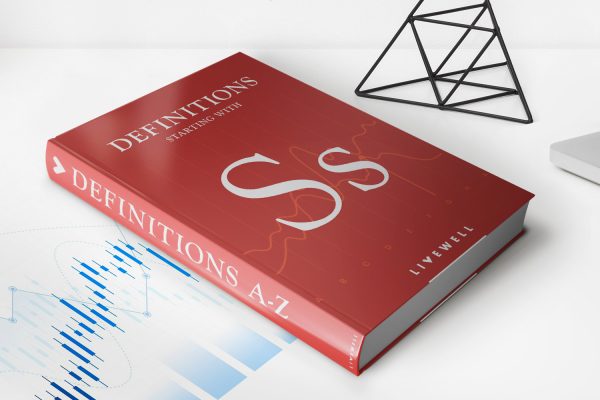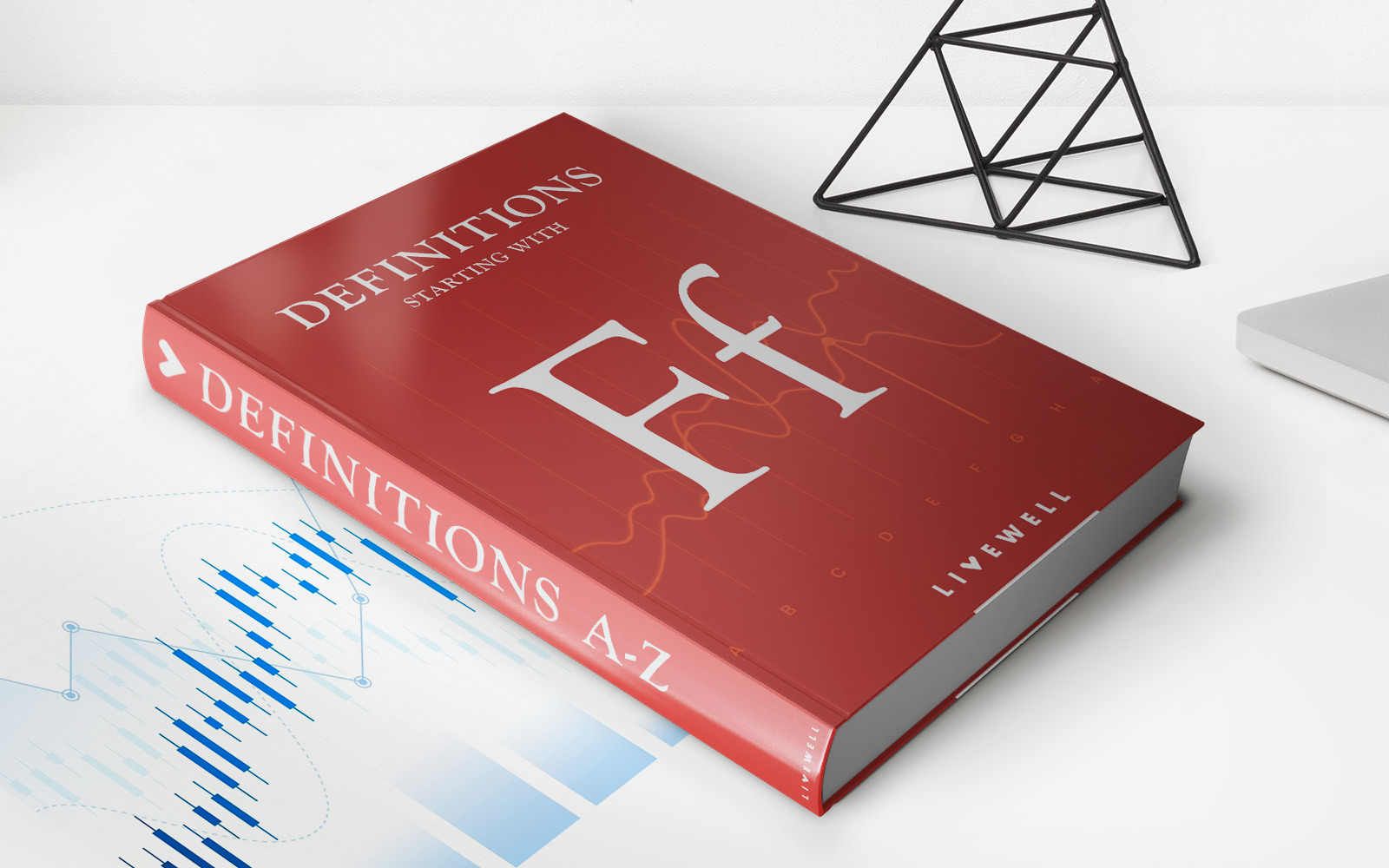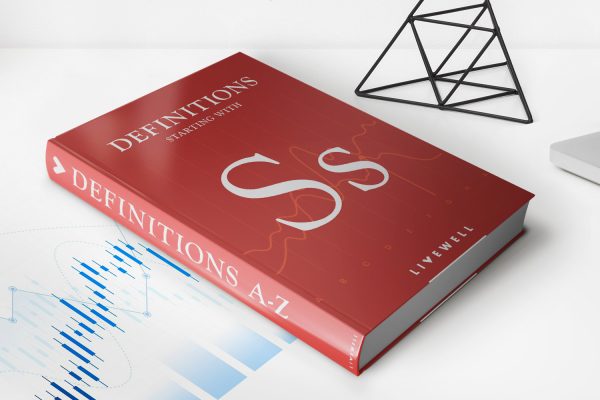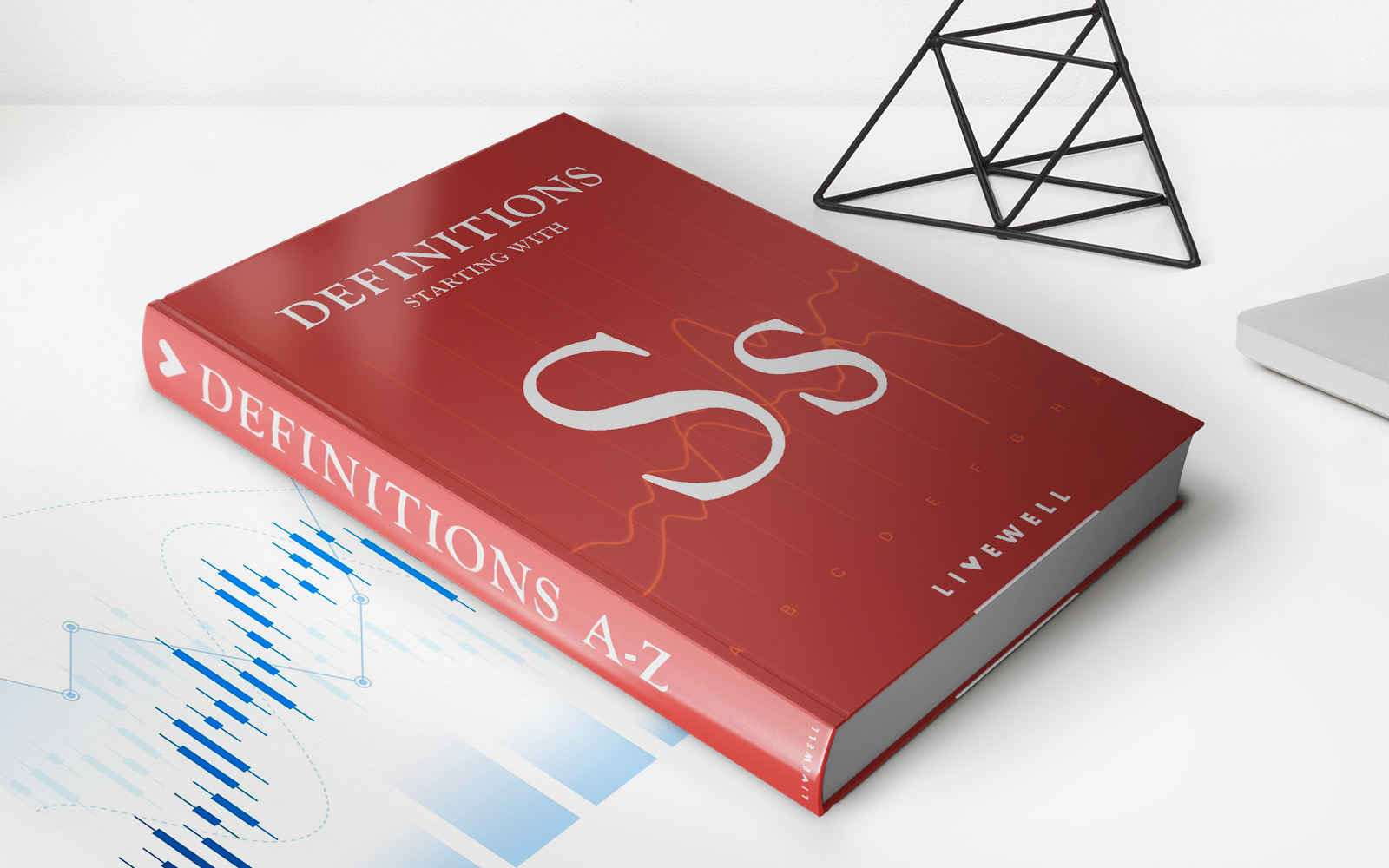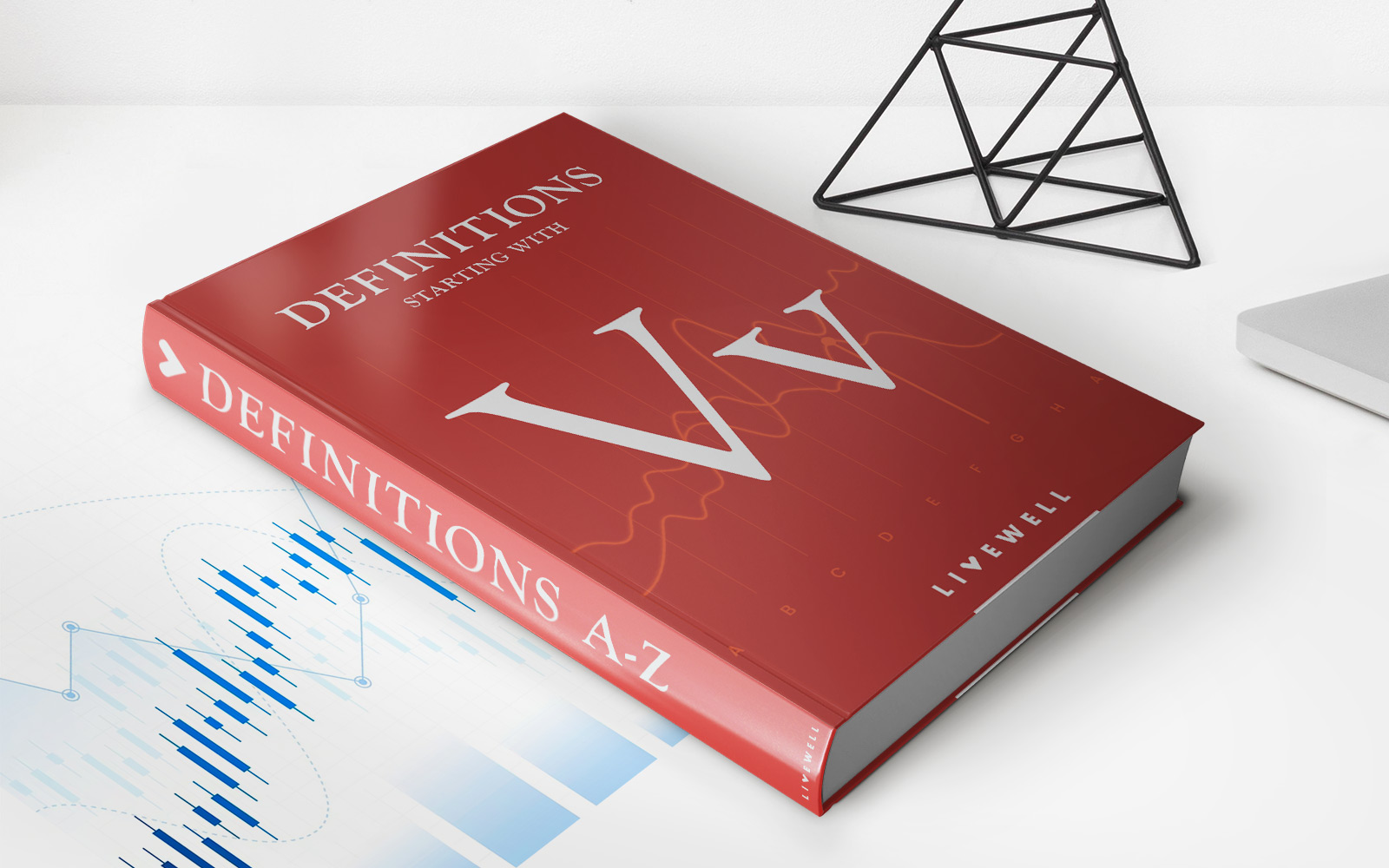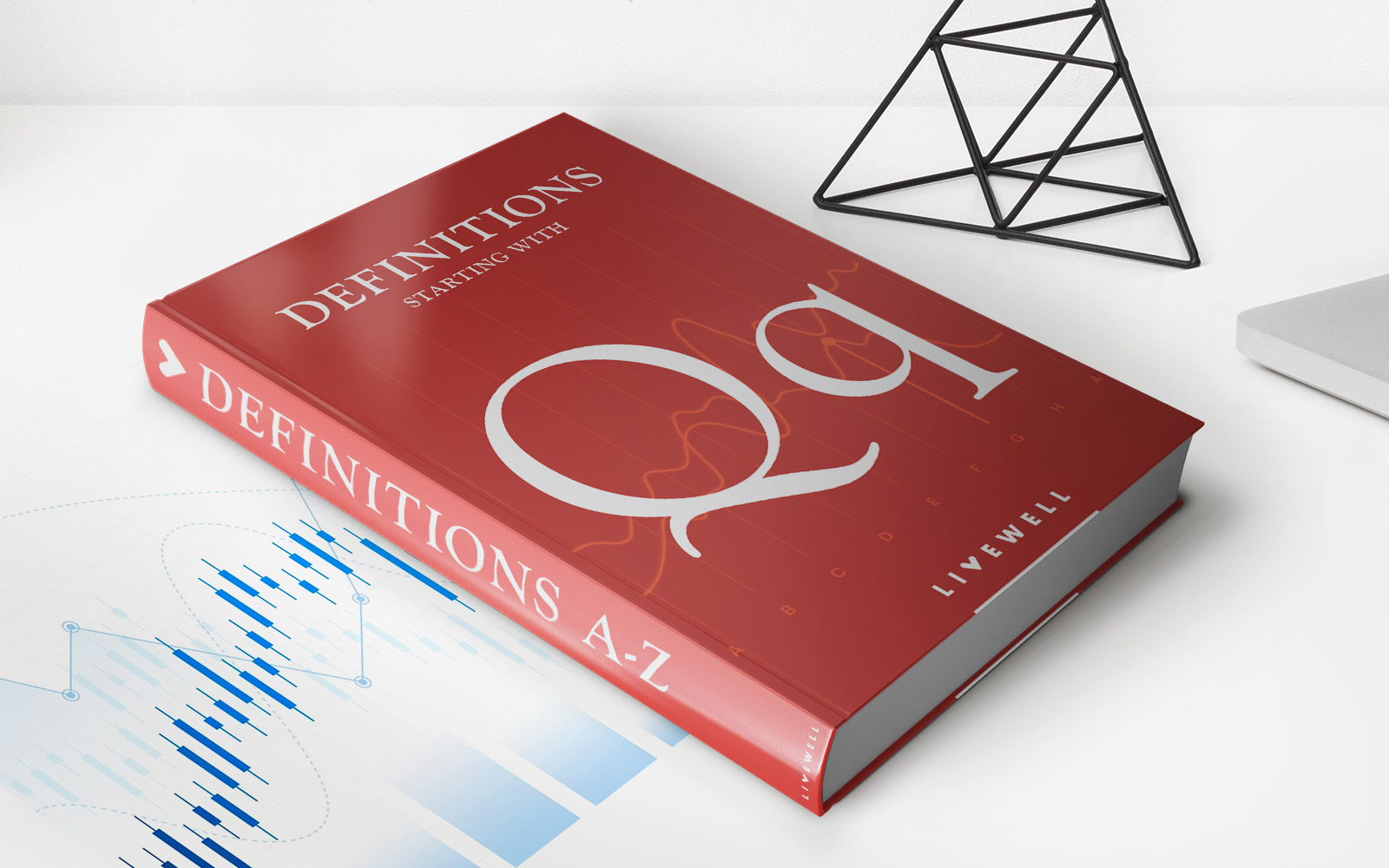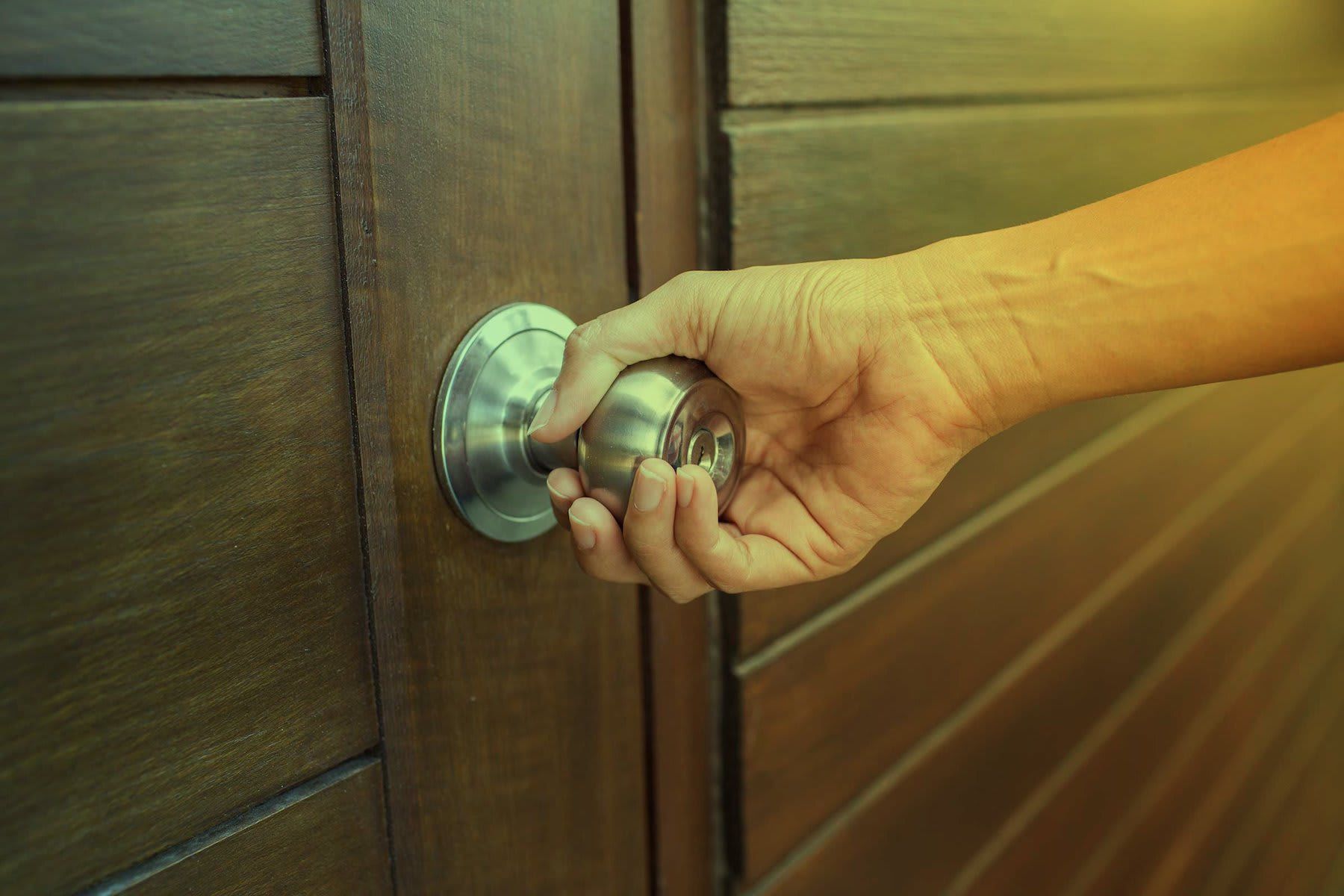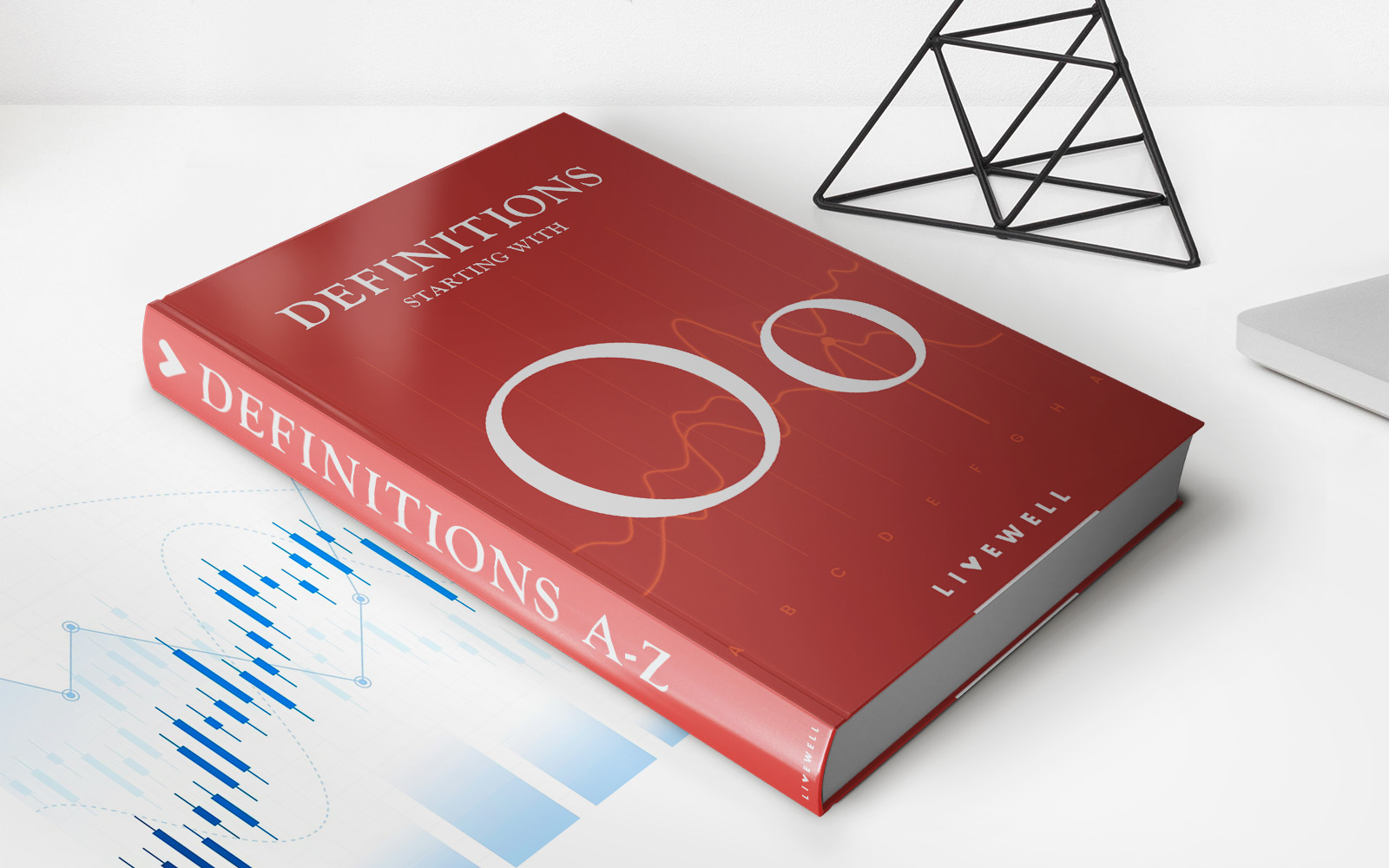

Finance
Second-Lien Debt: Definition, Risks, Example
Published: January 25, 2024
Learn the definition, risks, and see an example of second-lien debt in finance. Understand how this type of debt can impact your financial strategies.
(Many of the links in this article redirect to a specific reviewed product. Your purchase of these products through affiliate links helps to generate commission for LiveWell, at no extra cost. Learn more)
Second-Lien Debt: Definition, Risks, Example
Welcome to our Finance category blog post! Today, we are going to delve into a specific aspect of debt called second-lien debt. If you’ve been wondering what second-lien debt is, how it works, and the associated risks, you’ve come to the right place. In this article, we will provide a clear definition of second-lien debt, outline its risks, and provide an example to help you better understand this concept.
Key Takeaways:
- Second-lien debt refers to a loan or debt instrument that holds a secondary claim on the borrower’s assets in case of default, after the first-lien debt has been repaid.
- It typically carries higher interest rates due to the increased risk for lenders, but allows borrowers to access additional funding based on their existing collateral.
What is Second-Lien Debt?
Second-lien debt is a type of debt that sits in a subordinate position to first-lien debt in the event of a default or bankruptcy. When a borrower seeks financing, they may offer collateral to secure the loan. First-lien debt has the primary claim on the borrower’s assets, meaning that in case of default, the lender holding the first-lien debt is paid back before any other lenders.
However, certain borrowers may need additional funding beyond what the first-lien debt can provide. To address this need, they can obtain a second-lien debt. This debt instrument allows lenders to claim the borrower’s assets in case of default, but only after the first-lien debt has been fully repaid. Due to the increased risk for lenders, second-lien debt usually carries higher interest rates compared to first-lien debt.
Risks Associated with Second-Lien Debt
While second-lien debt can be a valuable financial tool, it is important to be aware of the risks involved. Here are some key risks associated with second-lien debt:
- Increased Default Risk: Since second-lien debt is subordinate to first-lien debt, lenders holding second-lien debt face a higher risk of not being repaid in the event of default. This higher default risk translates into higher interest rates for borrowers.
- Limited Recovery Potential: In case of default, the first-lien lender is repaid before the second-lien lender. This means that if the borrower’s assets are insufficient to cover both debts, the second-lien lender may only receive a partial recovery or no recovery at all.
- Market Sensitivity: Second-lien debt may be highly sensitive to market conditions, especially in sectors or industries that are prone to volatility. A downturn in the market can significantly impact the value of the borrower’s assets, potentially leaving the second-lien lender with limited collateral.
Example of Second-Lien Debt
Let’s illustrate second-lien debt with an example. Imagine a retail company that wants to expand its operations and needs additional funding. The company approaches a lender and secures first-lien debt by offering the existing inventory and real estate as collateral. However, the funds obtained through first-lien debt are insufficient to complete the expansion.
To access additional financing, the retail company obtains second-lien debt by offering other assets, such as equipment or intellectual property, as collateral. In case of default, the first-lien lender is repaid fully from the inventory and real estate, and any remaining assets are then used to repay the second-lien lender.
This example highlights how second-lien debt can provide borrowers with access to additional funds based on existing collateral, while also illustrating the hierarchical structure of debt repayment in case of default.
In Conclusion
Second-lien debt plays a crucial role in providing borrowers with additional financing options, allowing them to access funds beyond what first-lien debt can provide. However, it is important to understand the risks associated with second-lien debt, such as increased default risk and limited recovery potential. By understanding these risks and considering the circumstances, borrowers and lenders can make informed decisions regarding the use of second-lien debt.
We hope you found this introduction to second-lien debt informative and helpful. Stay tuned to our Finance category for more interesting articles. If you have any questions or would like to learn more, don’t hesitate to reach out to our team!
